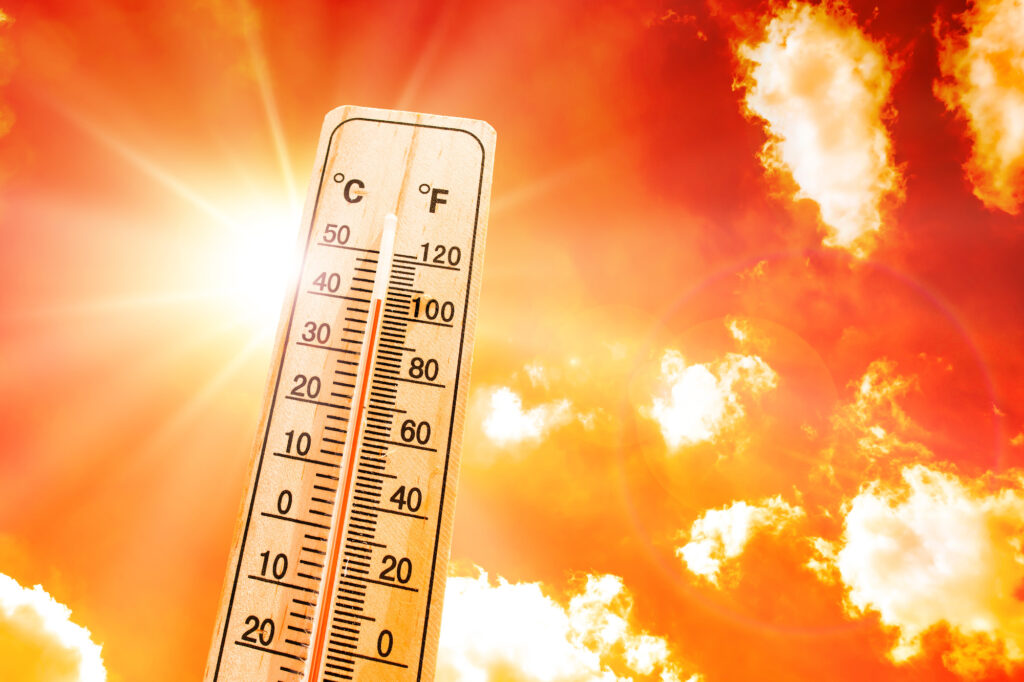
Handling heat may not be one of the first things you think of when you’re mentally enumerating the strengths of robots. After all, overheating is one of the most common causes of Rexroth error messages. Researchers at Arizona State University have, however, developed a robot that could help humans cope with climate change.
The threat of heat
We know the world is getting hotter, but we often hear about this in terms of oceans rising by a couple of degrees or arctic ice melting. Strangely, we don’t always associate it with human beings.
We should. Puerto Rico saw a heat index of 125 degrees this week and it’s only June. This could be the harbinger of extreme heat events across the country. The heat index calculates the way the combination of heat and humidity feels. Human bodies regulate temperature by sweating so the moisture can evaporate and cool the skin. The higher humidity disrupts this process and makes it hard for people to keep cool.
People don’t handle heat very well. In temperatures of 80 degrees or higher, human productivity falls. At 90 degrees, we start showing bad judgement, as evidenced by the increase in factory accidents when it gets hotter. If people’s internal temperatures go above 100 degrees, brain cells can die.
Heat exhaustion and heat stroke are other health effects of high heat. Heat stroke can be fatal — some studies have found mortality rates as high as 60%. Organ failure, including liver, kidney, and heart problems, are associated with extreme heat.
It’s fair to say that a hotter climate could be a problem for human beings.
Robots to the rescue?
As we realize that extreme heat could put a lot of future jobs into the category of “dull, dirty, and dangerous” (one example from research: construction work in the Arab world, which often leads to kidney damage), we should think of automation as a solution. Instead of sending human beings out into the heat, we can send robots — right?
Not so fast. As we’ve already mentioned, high ambient temperatures can mess up robots as well as human workers.
The researcher at Arizona State have developed a robot that can sweat. It’s not so much that we need machinery to sweat for us, though. Instead, these robots can help with research into the effects of heat on the human body.
You can’t send humans out into sweltering heat to see how long it takes for their brain cells to start dying. The data on the effects of extreme heat on the human body come from observational studies of people who have been harmed by heat.
Because of this, experts are uncertain whether, for example, staying hydrated can make it less likely that people will suffer heat stroke, or whether staying in the shade is cooking enough to stave off the worst effects of extreme heat.
With the sweaty robot, which is named ANDI, researchers can set up actual experiments. ANDI has something like internal organs to simulate the effects of heat on live humans. The researchers intend to test whether light-colored clothing or misting with water or other types of interventions can make a difference.
The hope is that the knowledge they gain will help develop protocols for keeping people healthy as the climate gets hotter. It could also give insights into how to make robots more tolerant of heat. Eventually, automation might be able to limit the amount of work people need to do outdoors in hot climates.
